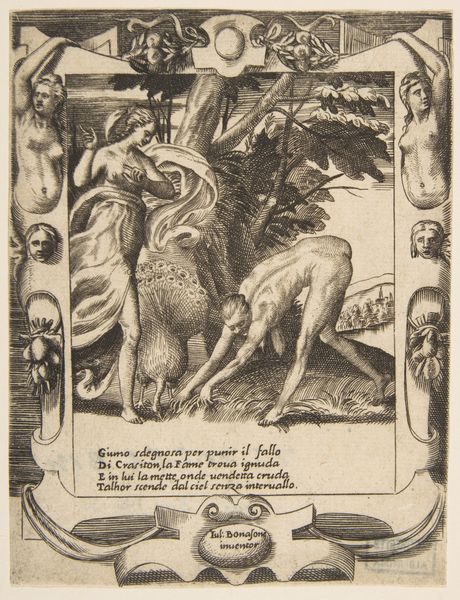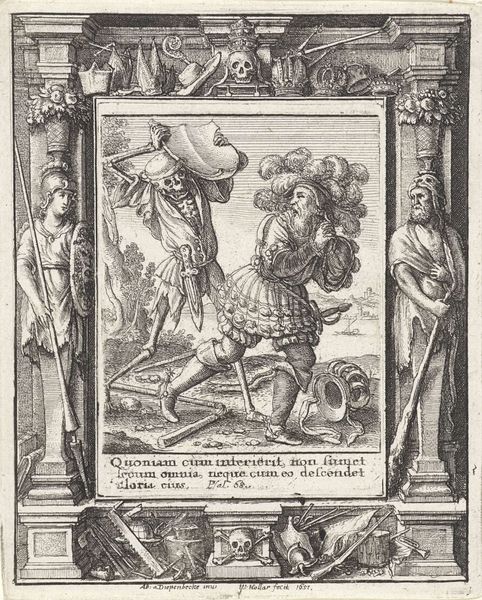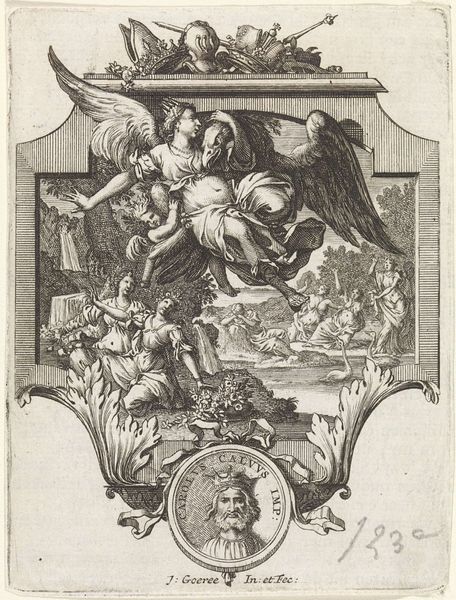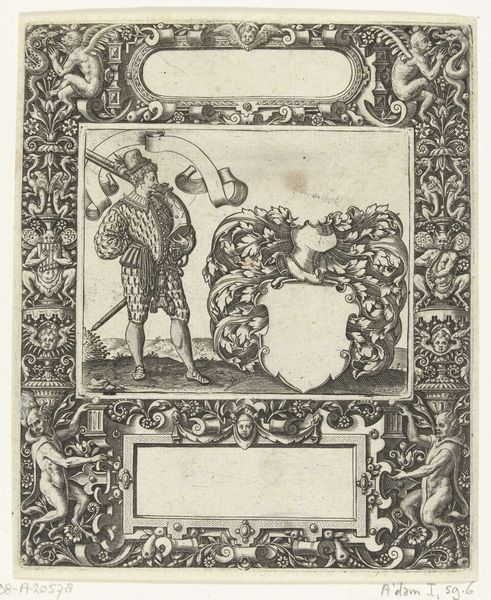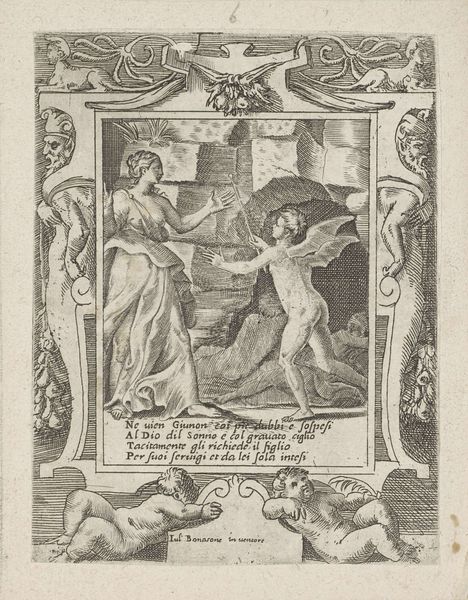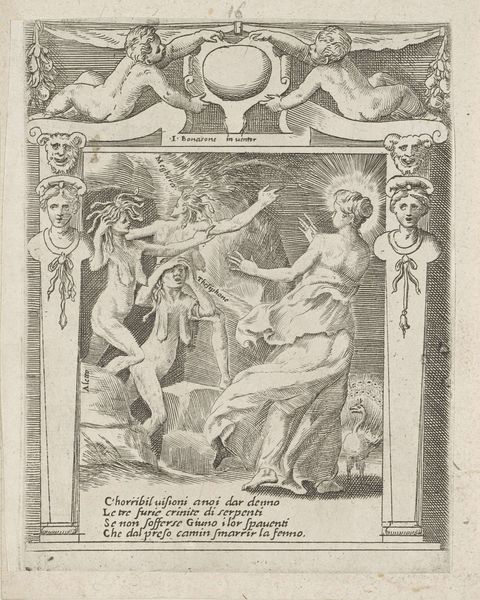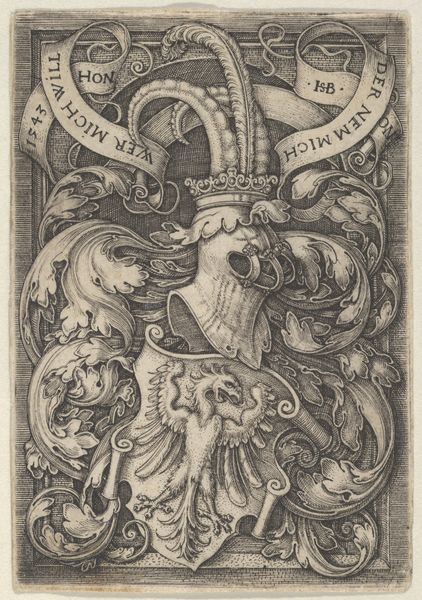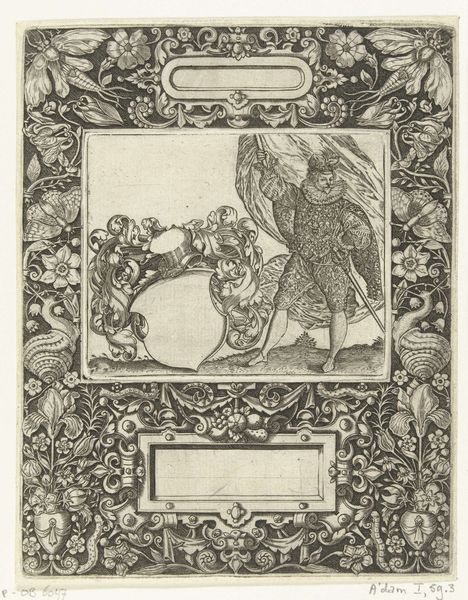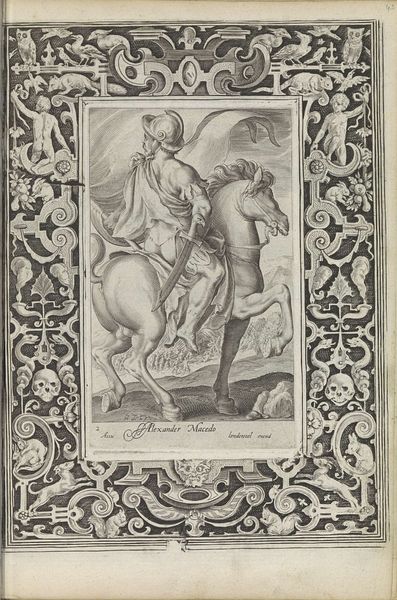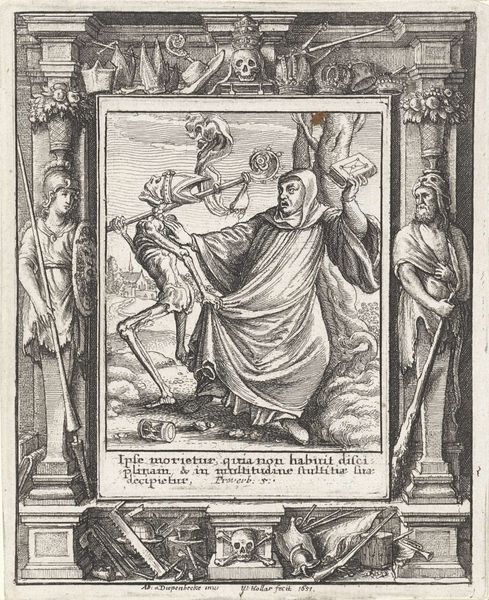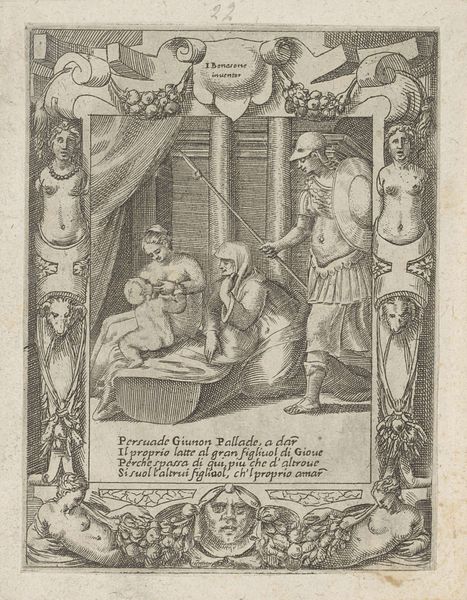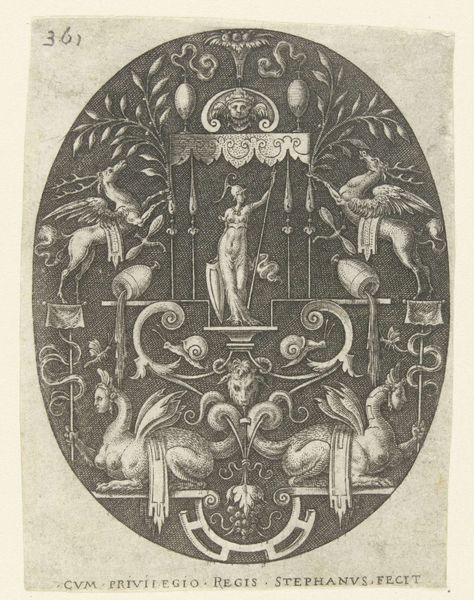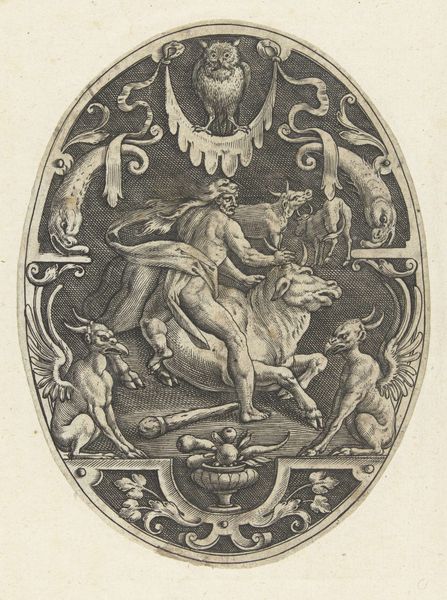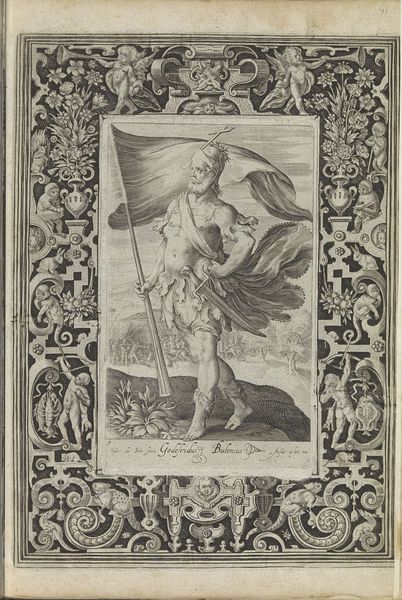
print, engraving
# print
#
pen sketch
#
pencil sketch
#
old engraving style
#
mannerism
#
figuration
#
personal sketchbook
#
sketchwork
#
pen-ink sketch
#
pen work
#
sketchbook drawing
#
history-painting
#
storyboard and sketchbook work
#
nude
#
sketchbook art
#
engraving
Dimensions: height 135 mm, width 103 mm
Copyright: Rijks Museum: Open Domain
Editor: Here we have "Juno Sends Famine to Crasiton," an engraving by Giulio Bonasone, created sometime between 1501 and 1580. I’m struck by how the figures seem caught in this intricate web of lines, almost like a dream… or a nightmare. What symbolic weight do you think is carried within this scene? Curator: I see a narrative deeply embedded in cultural memory. Consider Juno, the Roman queen of the gods, a symbol of power, marriage, and often, vengeful jealousy. By sending Famine, she’s unleashing a primal fear, a collective anxiety about survival itself. How does the visual representation of famine here echo, or perhaps challenge, the existing artistic traditions of depicting scarcity and suffering? Editor: Well, Famine is depicted as a nude, vulnerable figure… which is unexpected. It almost seems to humanize her in the role of being the dispenser of suffering? Curator: Precisely! That's where the layers of symbolism become truly fascinating. Nudity can signify truth, vulnerability, but also shame. By stripping Famine bare, Bonasone could be commenting on the inherent, uncomfortable truths about power, divine retribution, and the consequences of human actions. What feeling do you think the peacock contributes? Editor: Now that you mention it, with the peacock, we can also see a juxtaposition with vanity. It would make sense, placing pride in opposition to the shame the figure experiences. Curator: Absolutely. The peacock, often associated with Juno, is a symbol of pride, vanity, and immortality. Its presence here, amidst devastation, creates a powerful visual and symbolic counterpoint, highlighting the cyclical nature of power, the transience of beauty, and the enduring presence of consequences. How interesting, that Bonasone would weave that into a single engraving! Editor: It’s given me a whole new perspective on how to interpret such complex visual symbolism. Curator: And for me, a reminder that art's memory extends beyond history and informs cultural beliefs about survival, beauty and morality.
Comments
No comments
Be the first to comment and join the conversation on the ultimate creative platform.
